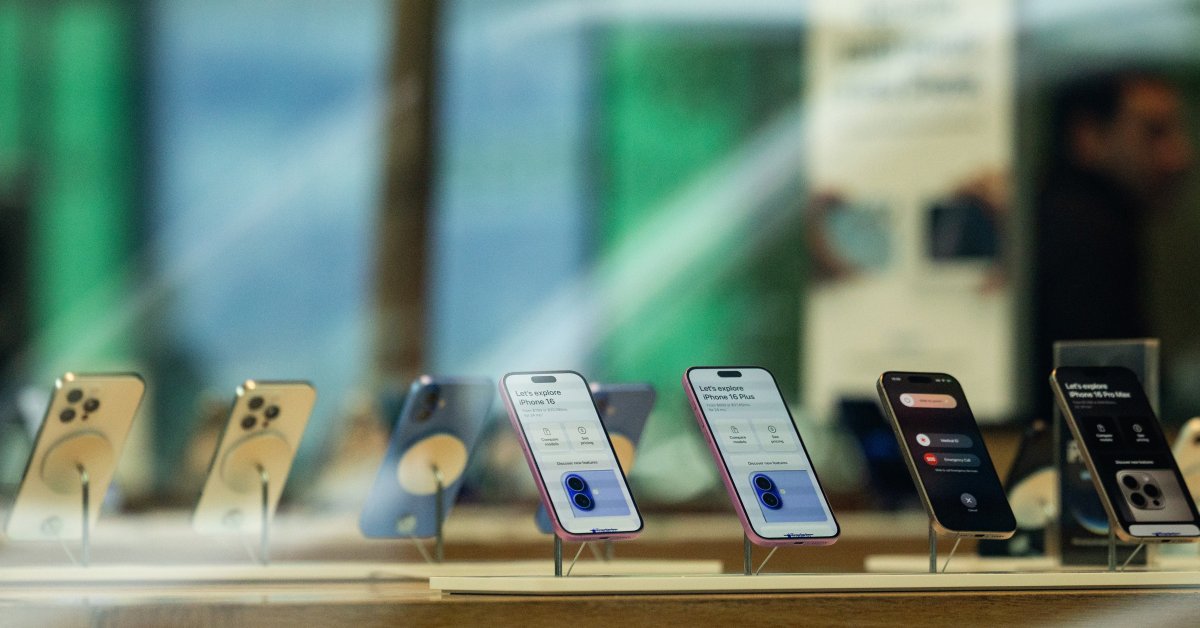President Donald Trump has warned Apple CEO Tim Cook that not manufacturing iPhones in the United States will result in a minimum tariff of 25% on Apple goods.
In a post shared via TruthSocial on Friday, the President said: “I have long ago informed Tim Cook of Apple that I expect their iPhone’s that will be sold in the United States of America will be manufactured and built in the United States, not India, or anyplace else. If that is not the case, a Tariff of at least 25% must be paid by Apple to the U.S.”
Trump previously raised the issue of Apple manufacturing abroad, particularly in India, during his three-country tour of the Middle East.
At a business roundtable in Qatar on Thursday, May 15, Trump said: “I had a little problem with Tim Cook yesterday, I said to him: ‘Tim, you’re my friend. You’re coming here with $500 billion, but now you’re building all over India. I don’t want you building in India.’”
In February, Apple announced that it would be spending more than $500 billion in the U.S over the next four years. This was slated to include investment in a new factory in Texas, a manufacturing academy, as well as spending in AI and silicon engineering.
Whilst Trump is hopeful that Apple could shift more production to the U.S. in order to avoid tariffs, such a change in manufacturing could take time. Analysts estimate that up to 90% of iPhones are assembled in China, and the devices are made up of 1,000 from countries across the globe.
If iPhones were made in the U.S., would consumers feel the impact?
The likely rise in the retail price of the product has long been a sticking point when it comes to discussing the possibility of having iPhones produced in the U.S.
In response to Trump’s tariffs threat, Dan Ives, an analyst at Wedbush Securities, estimated via social media that if iPhone production were to move Stateside, the cost of the product could rise to $3,500. Therefore, consumers risk being significantly impacted.








